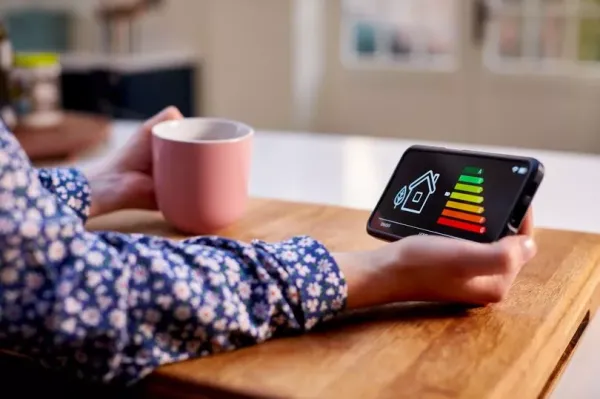
Your air fryer could be pushing up your if you're not using it correctly. An is a type of kitchen gadget that cooks food using circulated hot air and they’re often cheaper to run than an oven due to their size and speed.
But if your air fryer becomes damaged or if you're not using it correctly, you could end up spending more than you realise. A 1.8 kWh air fryer costs about 49p to run per hour, according to energy comparison website USwitch. It takes around 45 minutes to an hour to cook a whole chicken in an air fryer - based on this, you’d pay around 49p to cook the chicken.
But if your air fryer is not used correctly, reports that this could add an extra half an hour to your cooking time. This would take your total cost to 74p to cook the chicken. If you were to spend an extra half an hour of cooking every day, it would add £91.25 to your yearly energy bill.

There are several reasons why you may not be using your air fryer correctly. You should make sure your gadget is cleaned regularly so it keeps working as efficiently as possible. Another important factor, is to arrange your food in the air fryer drawer correctly so that the air is circulating correctly and cooking things evenly. This will ensure your cooking time is as accurate as possible.
Isabella Forgione, small appliance expert at AO, also recommended ditching the preheating of your air fryer. She said: "Since air fryers heat up quickly, this is unnecessary and a waste of energy. Make sure you’re cleaning your air fryer after each use – without doing so you may run the risk of damaging the appliances or faulty use."
It comes rose again this month after the Ofgem price cap increased by 6.4%. The average dual fuel household paying by direct debit has seen their yearly energy bill rise from £1,738 a year to £1,849. This marks an increase of £111 a year, or £9.25 a month.
This is the third increase in energy bills in recent months, after the price cap went up by 10% in October, followed by another 1.2% rise in January. But your bill is still based on how much gas and electricity you actually use.
The price cap does not put a limit on how much you can pay for energy - instead, it sets the maximum unit price you can be charged for gas and electricity, as well as the standing charge.
There are different unit rates for prepayment customers and those who pay on receipt of bills. The price cap for someone paying by pre-payment meter is rising from £1,690 a year to £1,803, and the yearly charge for someone who pays on receipt of bill is rising from £1,851 to £1,969. Unit rate prices vary by region, so your location can also effect your energy bill.
The Ofgem price cap applies to standard variable rate (SVR) tariffs and there are around 22 millions homes currently covered by the price cap. Ofgem bases its price cap figure on how much energy it assumes the average household uses every year.
Ofgem says the typical home uses 2,700 kwh of electricity and 11,500 kWh of gas over 12 months. The current price cap will remain in place until July, when it will be updated again.
READ MORE: